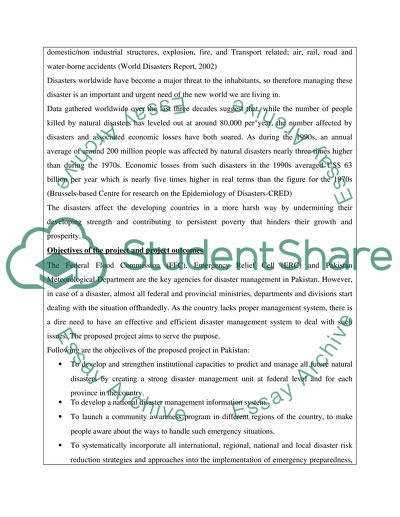Cite this document
(“Explain key concepts relating to the processes of environmental Essay”, n.d.)
Retrieved from https://studentshare.org/environmental-studies/1421414-explain-key-concepts-relating-to-the-processes-of
Retrieved from https://studentshare.org/environmental-studies/1421414-explain-key-concepts-relating-to-the-processes-of
(Explain Key Concepts Relating to the Processes of Environmental Essay)
https://studentshare.org/environmental-studies/1421414-explain-key-concepts-relating-to-the-processes-of.
https://studentshare.org/environmental-studies/1421414-explain-key-concepts-relating-to-the-processes-of.
“Explain Key Concepts Relating to the Processes of Environmental Essay”, n.d. https://studentshare.org/environmental-studies/1421414-explain-key-concepts-relating-to-the-processes-of.


